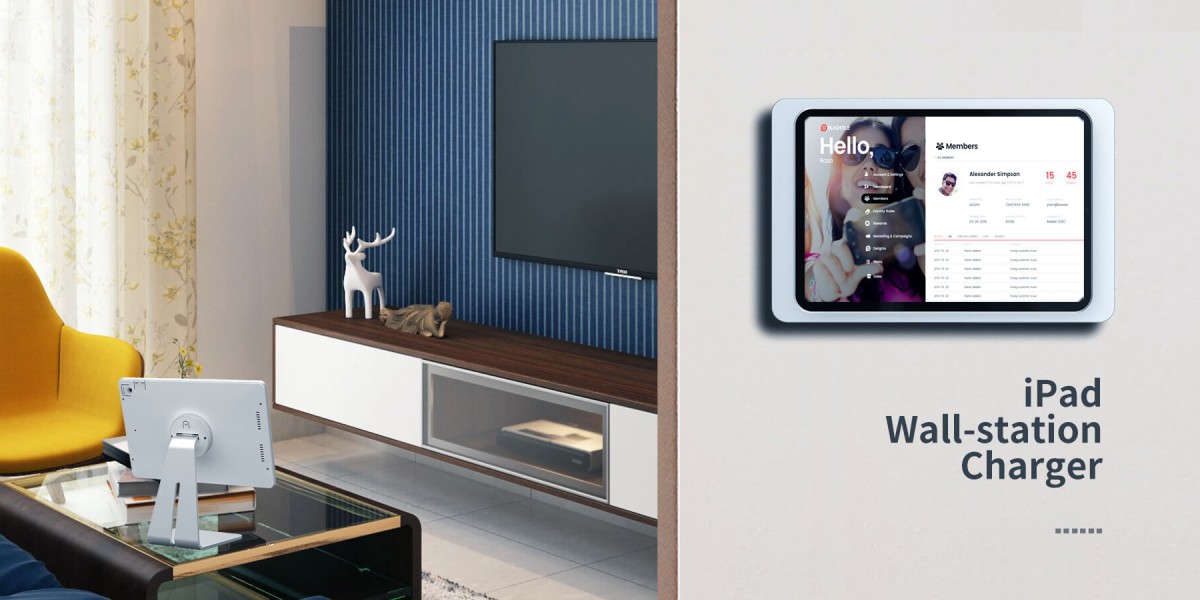The ride-hailing industry has experienced significant growth over the past decade, driven by convenience and technology. If you're looking to enter this lucrative market by launching a Careem clone app, it's essential to follow a comprehensive plan to ensure success. This ultimate guide will take you through the step-by-step process of launching your own Careem clone app, from initial planning to post-launch strategies.
Step-by-Step Process to Launching a Careem Clone App
1. Market Research and Analysis
Understand Your Target Market
Before developing your app, conduct thorough market research to understand your target audience. Identify the demographics, preferences, and pain points of potential users. This information will help tailor your app to meet their needs and expectations.
Competitive Analysis
Study your competitors to understand their strengths and weaknesses. Analyze their features, user reviews, and pricing strategies. This analysis will help you identify opportunities to differentiate your app and offer better value to users.
2. Define Your Business Model
Revenue Streams
Determine how your app will generate revenue. Common revenue streams for ride-hailing apps include commission from drivers, ride fares, subscription models, and in-app advertising. Choose a business model that aligns with your target market and business goals.
Unique Selling Proposition (USP)
Identify what will make your app stand out in the market. Your USP could be superior customer service, innovative features, or competitive pricing. Clearly define your USP and ensure it is integrated into your app's design and marketing strategy.
3. Plan Your App’s Features
Core Features
List the essential features that your app must have, such as user registration, ride booking, real-time GPS tracking, fare estimation, payment options, and ride history. These features form the backbone of your app.
Advanced Features
Consider adding advanced features to enhance user experience, such as ride scheduling, ride-sharing options, in-app chat, loyalty programs, and driver ratings. These features can help differentiate your app from competitors.
4. Choose the Right Technology Stack
Backend Technologies
Select robust backend technologies that can handle a large number of users and transactions. Popular choices include Node.js, Ruby on Rails, and Python. Ensure your backend can support real-time updates and secure transactions.
Frontend Technologies
Choose front-end technologies that offer a smooth and responsive user experience. React Native, Flutter, and Swift are popular options for mobile app development. Ensure your front end is compatible with different devices and screen sizes.
Database Management
Select a reliable database management system like MySQL, PostgreSQL, or MongoDB to store user data securely and efficiently. Ensure your database can scale with your user base.
5. Design a User-Friendly Interface
Wireframes and Mockups
Create wireframes to outline the basic layout and structure of your app. This helps visualize the user journey and ensures a logical flow. Develop high-fidelity mockups with detailed design elements to create a cohesive look.
Prototype and Testing
Develop a clickable prototype to test the user experience. Gather feedback from real users and make necessary adjustments before moving to the development phase. Ensure the design is intuitive and user-friendly.
6. Develop and Integrate Features
Backend Development
Start with backend development to build the server-side logic, databases, and APIs. Ensure your backend can handle user authentication, ride requests, payment processing, and real-time updates.
Frontend Development
Simultaneously, work on the frontend development to create the user interface. Ensure that the app is responsive and works seamlessly on different devices and screen sizes.
Integration
Integrate the frontend and backend components, ensuring smooth communication between the server and the user interface. Test the integration thoroughly to identify and fix any issues.
7. Implement Security Measures
Secure Authentication
Implement secure authentication methods to protect user accounts. Use techniques like token-based authentication, OAuth, and two-factor authentication. Ensure user data is encrypted and secure.
Data Encryption
Ensure that all sensitive data, such as payment information and personal details, are encrypted. Use SSL/TLS for secure data transmission. Regularly update security protocols to protect against emerging threats.
8. Testing and Quality Assurance
Functional Testing
Perform functional testing to ensure all features work as intended. Test different user scenarios to identify and fix any bugs. Ensure the app is stable and reliable.
Performance Testing
Conduct performance testing to ensure your app can handle high traffic and large numbers of transactions. Optimize the app to reduce load times and improve responsiveness. Ensure the app performs well under different conditions.
Usability Testing
Carry out usability testing to ensure the app is user-friendly. Gather feedback from real users and make necessary improvements to enhance the user experience. Ensure the app is intuitive and easy to use.
9. Launch and Marketing
Soft Launch
Start with a soft launch for a small group of users. This allows you to gather feedback and make any necessary adjustments before the official launch. Use this phase to identify and fix any last-minute issues.
Official Launch
Once you have refined your app, proceed with the official launch. Promote your app through various channels, including social media, email marketing, and influencer partnerships. Ensure you have a comprehensive marketing strategy to attract users.
Post-Launch Support
Provide excellent post-launch support to address any issues users may encounter. Regularly update the app with new features and improvements based on user feedback. Ensure users have access to timely and effective support.
10. Monitor and Improve
Analytics and Metrics
Use analytics tools to monitor user behavior, app performance, and other key metrics. This data will help you understand how users interact with your app and identify areas for improvement. Regularly review analytics to track progress.
Continuous Improvement
Based on the insights gathered, continuously improve your app. Regular updates and new features will keep users engaged and ensure your app remains competitive. Stay updated with industry trends and user feedback to keep your app relevant.
Conclusion
Launching your own Careem clone app requires careful planning, execution, and continuous improvement. By following this comprehensive guide, you can develop a high-quality ride-hailing app that meets user expectations and stands out in the competitive market. Learn how to create a successful on-demand app like Careem with our ultimate guide! Launch your own app with expert tips and insights from a leading on-demand app development company. Stay updated with industry trends and user feedback to keep your app relevant and engaging. With dedication and the right strategies, your Careem clone app can become a preferred choice for users looking for reliable ride-hailing services.



